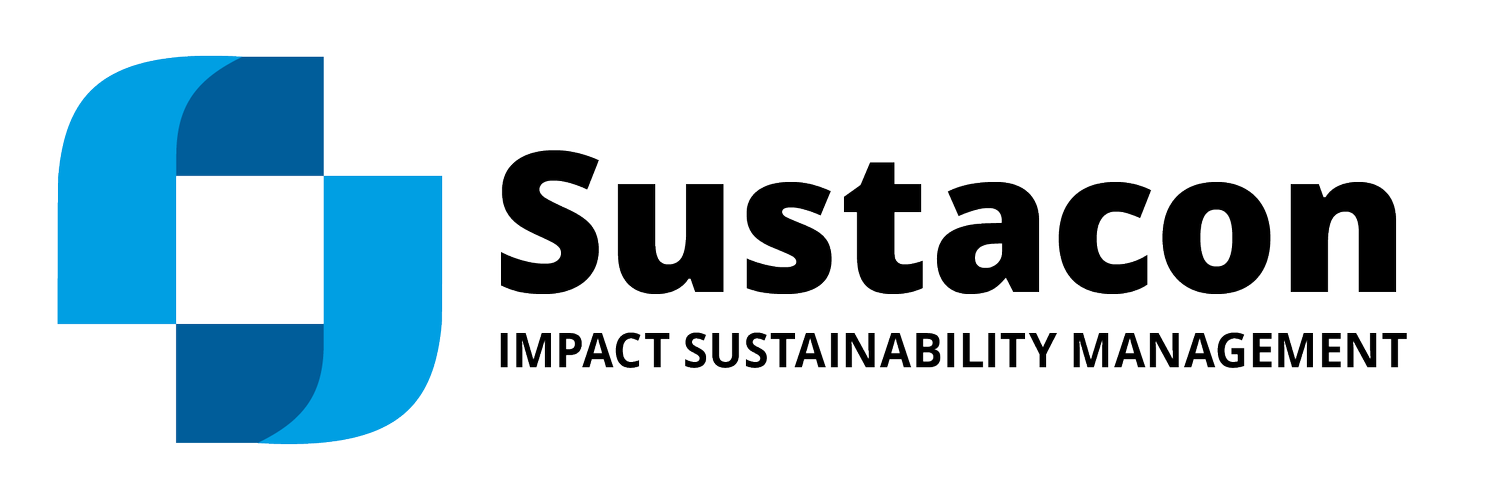Corporate Sustainability Reporting Directive
The EU has taken the lead in protecting future generations by launching initiatives and legislation in line with the EU's climate goals. The most recent of these laws is the Corporate Sustainability Reporting Directive (CSRD), part of the EU Sustainable Finance Action Plan. The new reporting directive, which came into force in January 2023, will affect nearly 50,000 companies and is expected to revolutionize the corporate landscape. Which companies it will impact? How and when to report? How Sustacon can help? You can read all about it here.
What?
The CSRD will require companies to report on the social, environmental and governance impacts, risks and opportunities arising from their business activities. In addition, they must explain how ESG factors affect financial aspects such as costs, risks and growth potential. This reporting must comply with the European Sustainability Reporting Standards (ESRS).
Key takeaways:
The CSRD has a broad scope of application, implying that a substantial portion of the construction and logistics sector will be obligated to meet the reporting requirements by 2027.
Introduction of the concept of double materiality, which identifies how a company’s operations affect people and the environment, but also takes into account the financial impact of ESG topics on the company itself.
The sustainability information is integrated in the management report and digitally labeled (XHTML).
The submitted data will be subject to ‘limited third-party assurance’.
For whom and when?
Focuses on double materiality
Companies must report to what extent ESG topics affect their business and to what extent their business activities impact society and the environment.
The elaboration of the double materiality principle is done according to two perspectives:
On the one hand, the outside-in perspective (financial materiality): which considers the environmental, social and governance factors that trigger or may trigger a material financial effect on the company. It aids companies to understand to what extend ESG risks and opportunities could influence their development, performance, reliance on external business relationships and market position.
On the other hand, the inside-out perspective (impact materiality): this refers to the actual and potential impacts of business activities on the environment and society. It provides an “inside-out” perspective, focusing on the company’s influence within its operating environment.
E.g. biodiversity loss or human rights violations potentially occurring in the construction sector.
E.g. emissions from a company in a residential area.
Measuring
The data collection for the double-materiality analysis is aligned with the European Sustainability Reporting Standards ('ESRS').
The ESRS consists of 12 standards, namely two cross-cutting standards and three thematic topics, of which five standards under the environmental component, four standards under the social component and one standard under the good governance component. All companies under the CSRD are required to report on ESRS 2 - general disclosures. Additionally, companies are expected to report on the standards corresponding to the identified material topics from the double materiality assessment.
Additional sector specific standards will be developed in the future.
APPROACH AND ADVICE BY SUSTACON
Currently, Sustacon helps over 10 construction companies on the road to CSRD alignment. Our approach is pragmatic and step-by-step. In five steps, we prepare you for CSRD, draw up an ESG+E (Environmental, Social, Governance and Economy) risk framework and ensure proper elaboration in strategy and reporting.




